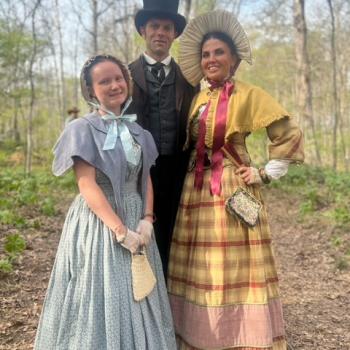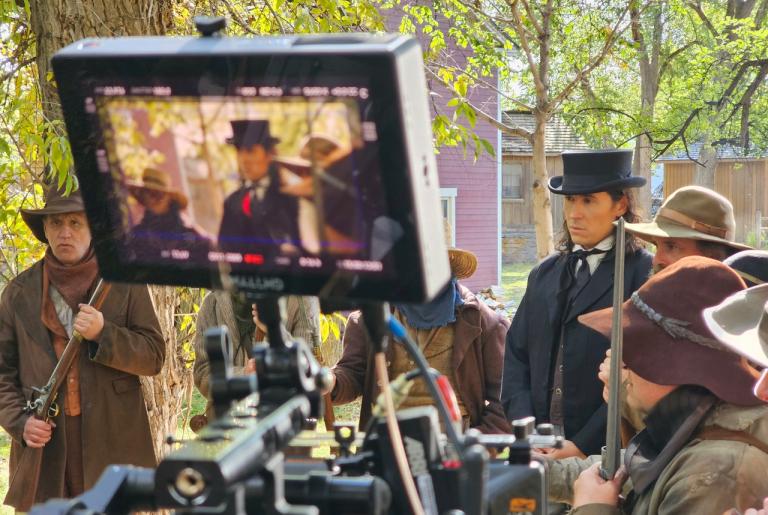
I finished an important and good book the other day: Samuel T. Wilkinson, Purpose: What Evolution and Human Nature Imply About the Meaning of Our Existence (New York and London: Pegasus Books, 2024). I’ll have more to say about the book later, but I enjoyed reading it and I recommend it to others who might be interested in the subjects that it covers.
Given the recent visibility of the “Northern Lights” in areas further to the south than usual, the following might be worthy of your time and consideration: “In Aurora Borealis, Scientific and Aesthetic Design Arguments Meet”
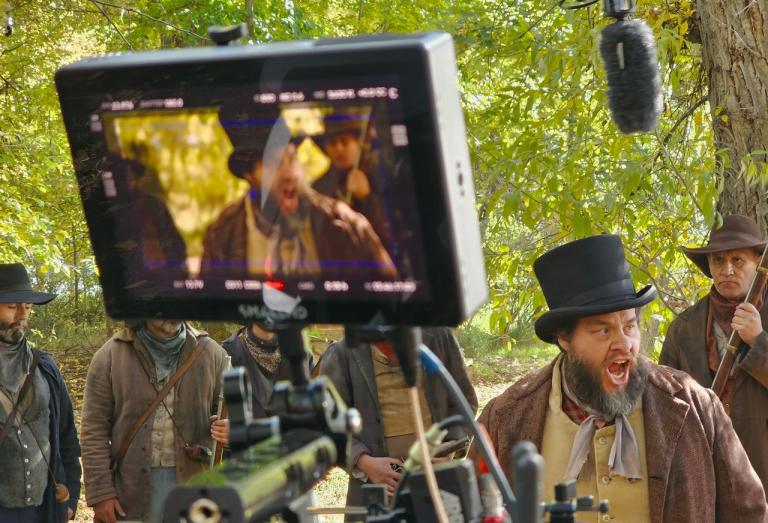
Conference Talks: The Book of Moses: Exploring the World OF the Text (2021 Tracing Ancient Threads in the Book of Moses Conference), presented by David R. Seely
David R. Seely spoke at the 2021 Tracing Ancient Threads in the Book of Moses Conference on Saturday, 24 April 2021.
Based on the works of theorists like Hans-Georg Gadamer and Paul Ricouer there has emerged a model of hermeneutics based on the exploration of the three worlds of the text: the world BEHIIND the text which is the history and culture from which the text emerged; the world OF the text—how the text presents its story, the characters and action in the narrative and the structure and form of the text; and the world IN FRONT of the text which is the world in which the reader interprets the text and decides how to proceed. Much study has been done in all three of these areas, but I do not know of an extensive review and exploration of the World OF the text in terms of how the Book of Moses presents is story and message including its formal and structural characteristics, its narrative strategies and character description, and its rhetorical features. This study will explore the Book of Moses with a close reading of the text applying some of the methods of literary criticism including rhetorical, genre, and narrative criticism to better define the literary features and enhance the power of the narratives that are part of the World OF the Text of the Book of Moses.
This week, we have lectures 36 through 39 from Hugh Nibley’s Book of Mormon classes at Brigham Young University, covering Mosiah 16-26.
During 1988, 1989, and 1990, Hugh Nibley taught Honors Book of Mormon classes for four semesters at Brigham Young University. The lectures were video-taped and audio cassettes and printed transcripts were made of the lectures. We believe these recordings will be interesting to listen to and valuable to your Come, Follow Me study program this year. Each week, we will include the lectures covering the Book of Mormon chapters being studied that week.
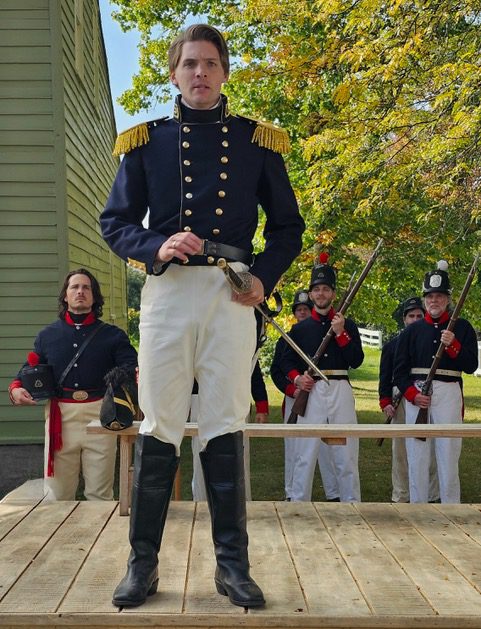
I’m fond of the writing of the Swiss author and entrepreneur Rolf Dobelli. Here, I share my translation of a passage from his book Die Kunst des klugen Handelns: 52 Irrwege, die Sie besser anderen überlassen [The Art of Smart Behavior: 52 Errors That You Should Best Leave to Others] (Munich: Deutscher Taschenbuch Verlag, 2014):
What do you think of genetically modified wheat? It’s a theme with many facets, and you won’t want to give a hasty answer. It would be rational to separate out the potential advantages and the potential disadvantages of the controversial technology and to consider them carefully. You list all of the possible advantages, assign a weight to them, and then multiply them by the likelihood of those advantages actually occurring. In this way, you create a list of “expectation values.”
Then you do the same on the negative side: You list all of the conceivable disadvantages, estimate the possible harms, and multiply each of them by the likelihood of their actually occurring. The positive “expectation values” minus the negative “expectation values” yield a “net expectation value.” If that is greater than zero, you decide in favor of genetically engineered wheat. If it comes in at less than zero, you’re opposed to genetically engineered wheat.
You’re probably familiar with this process; it’s described in every book about decision theory. All the same, though, you’ve probably never taken the trouble to make such an evaluation. And it’s absolutely certain that not a single one of the professors who write the textbooks about decision theory chose his or her spouse in this fashion. (65; these are the opening paragraphs of a chapter entitled “Warum Sie eine Marionette Ihrer Gefühle Sind” [Why you are a puppet of your feelings])
Here’s another passage that I marked while reading Die Kunst des klugen Handelns. Again, it’s in my own uninspired translation:
Think what you will of the former American Secretary of Defense Donald Rumsfeld. In any event, he expressed a philosophical thought at a 2002 press conference with previously unmatched clarity: There are things that we know (known facts), there are things that we don’t know (known unknowns), and there are things regarding which we don’t know that we don’t know them (unknown unknowns). (106)
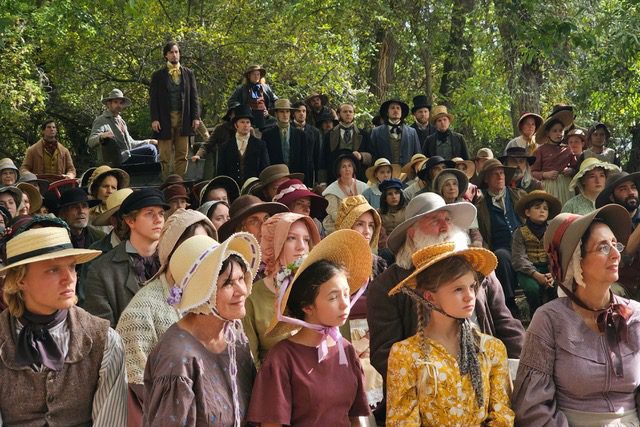
If you haven’t read it yet, you might want to have a look at my most recent essay in Meridian Magazine, which is “The Heavenly Sign: Brigham Young’s Transfiguration at Nauvoo.”
Having recently re-read the most serious critical argument against the historicity of the so-called “mantle event” at Nauvoo, as well as the extremely important article by Lynne Watkins Jorgensen, I am firmly convinced that testimonials to the “transfiguration” of Brigham Young cannot simply be dismissed or brushed aside. To do so requires more faith, frankly, than I can muster.




